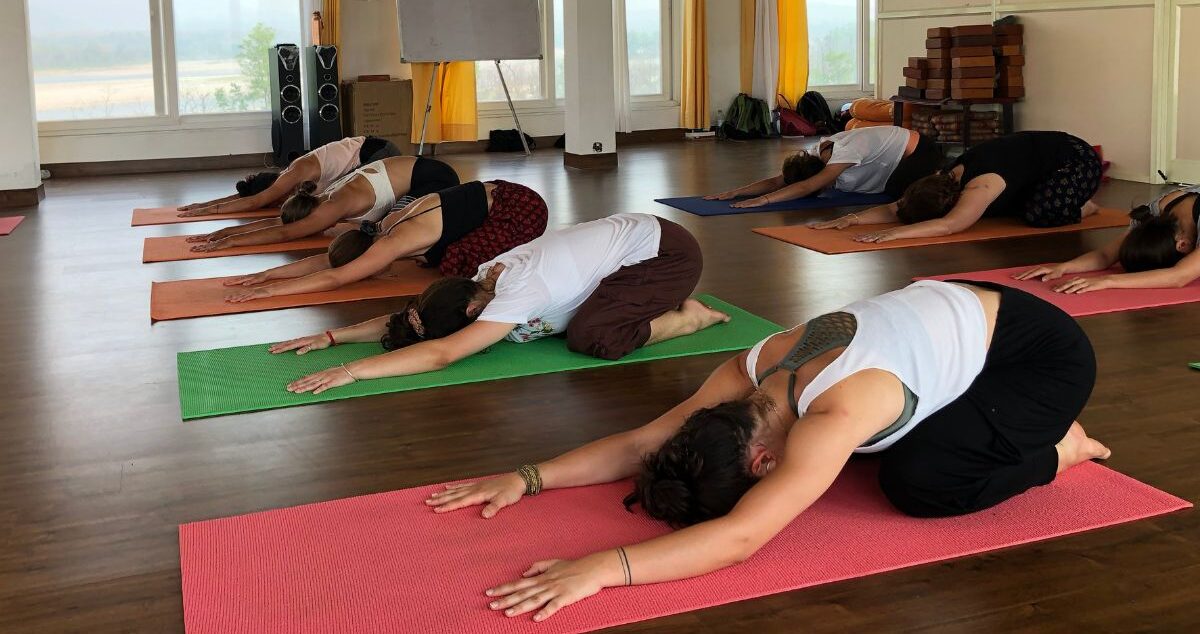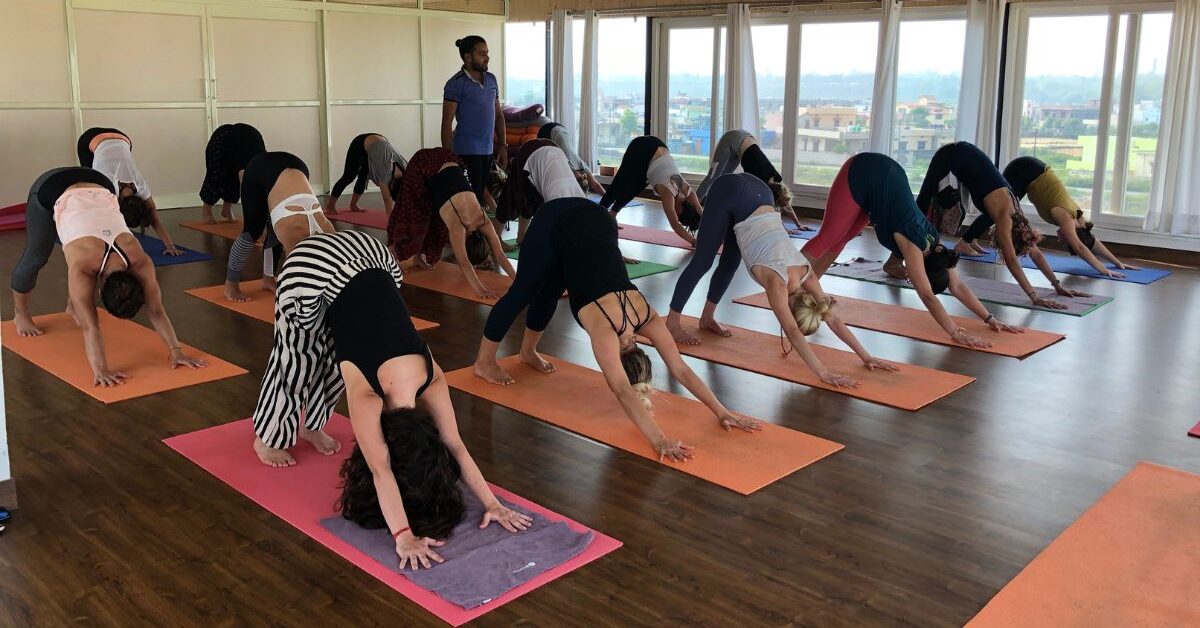Have you noticed how more and more people are getting curious about yoga these days? It’s not just a passing trend. People, including modern scientists, are recognizing the numerous benefits that yoga offers. Have you experienced it yourself? From stress relief to improved flexibility, the perks of yoga are becoming hard to ignore. But what exactly is yoga, and how does it differ when practiced in its birthplace, India, compared to the Western interpretations?

What is Yoga?
The essence of yoga can be encapsulated in the ancient Sanskrit phrase “Yoga chitta vritti nirodah,” which translates to “Yoga is the cessation of the fluctuations of the mind.” Essentially, yoga is about calming the mind and achieving a state of inner peace. While many in the West associate yoga primarily with physical postures or asanas, it’s actually a comprehensive practice that encompasses physical, mental, and spiritual growth.
Yoga in the West vs. Yoga in India
In the West, yoga is often interpreted as a form of exercise. People attend yoga classes at their local gym or studio, focusing primarily on the physical aspect – the asanas. While this approach does offer significant benefits, it can sometimes miss the deeper, more holistic elements of yoga.
Yoga in India, however, remains true to its ancient roots. It’s not just about the physical practice but also about integrating the mind, body, and spirit. Yoga in India is deeply intertwined with meditation, breathing exercises (pranayama), and ethical practices. It’s a way of life rather than just a workout routine.
The 8 Limbs of Yoga (Not Only Asana)
When you explore yoga in India, you’ll quickly learn that asanas are just one part of the practice. Yoga is traditionally divided into eight limbs, as described by the sage Patanjali in the Yoga Sutras. These eight limbs are:
- Yama (Ethical disciplines)
- Niyama (Self-discipline)
- Asana (Postures)
- Pranayama (Breath control)
- Pratyahara (Withdrawal of the senses)
- Dharana (Concentration)
- Dhyana (Meditation)
- Samadhi (Self-Realization or enlightenment)
Understanding and practicing all eight limbs can help you achieve a more balanced and fulfilling life. This holistic approach is a cornerstone of yoga in India

Yoga in India: How the Ancient Sages Invented Asanas
The origin of yoga asanas in India is both fascinating and inspiring. Ancient sages in India observed nature closely. They saw how animals and elements like trees and mountains moved and stayed still, and they derived postures from these observations.
For instance, they noticed how the strength and stillness of a mountain could inspire stability and focus in a human being, leading to the creation of Parvatasana (Mountain Pose).
They watched how a tree stands tall and balanced, even amidst storms, and this inspired Tadasana (Palm Tree Pose). The strong nervous system and clear mind of the eagle influenced Garudasana (Eagle Pose).
These asanas are just some examples and the beginning. When you practice yoga in India, you’ll explore a wide range of poses that each offer unique benefits for the body and mind. There is a whole science behind each asana, multiple benefits as well as traditional contexts.
How to Learn Yoga in India
So, how do you go about learning yoga in India? One of the best ways is to join a comprehensive yoga teacher training program. The Yoga India Foundation is an excellent place to start. They offer a variety of courses that cater to different levels of experience and interest. Whether you’re a beginner looking to deepen your practice or an advanced practitioner aiming to become a certified yoga teacher, they have something for you.
The courses at Yoga India Foundation are immersive. You’ll learn not only the physical aspects of yoga but also its philosophy, history, and spiritual dimensions. Their experienced instructors provide personalized guidance to help you grow both personally and professionally.

The Benefits of Learning Yoga in India Compared to Western Countries
Whether you want to teach yoga or simply deepen your personal practice, learning yoga in India can be transformative. Here’s how:
- Personal Growth: The immersive nature of yoga training in India helps you develop a deeper understanding of yourself. You’ll cultivate mindfulness, resilience, and inner peace.
- Professional Development: If you aim to become a yoga teacher, training in India gives you a solid foundation and an internationally recognized certification. This can open doors to teaching opportunities worldwide.
- Holistic Health: Yoga in India promotes overall well-being. You’ll learn techniques to manage stress, improve physical health, and enhance mental clarity.
- Cultural Enrichment: Experiencing yoga in its cultural context provides a richer and more meaningful understanding of the practice.
- Life Skills: The principles and practices you learn in yoga training can be applied to various aspects of your life, from relationships to work, enhancing your overall quality of life.
In conclusion, exploring yoga in India is an unparalleled experience that offers profound benefits for both personal and professional growth. Whether you’re drawn to the physical practice, the spiritual journey, or the holistic health benefits, yoga in India provides a path to a more balanced and fulfilling life. So why not take the leap and discover the transformative power of yoga in its most authentic form?
